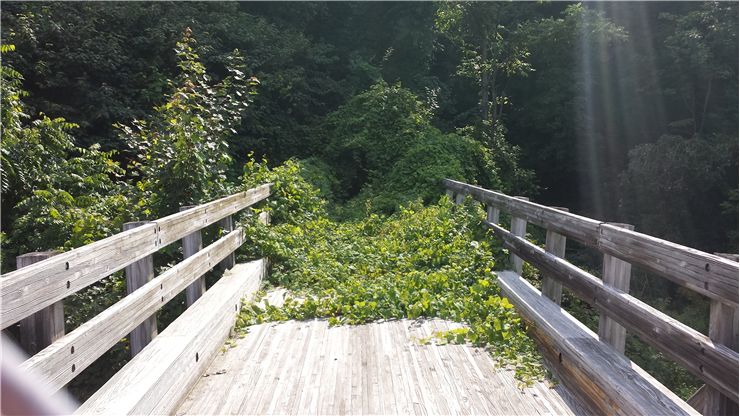Bridge to Nowhere - Definition and Purpose of Bridges to Nowhere
As we all know, bridges are built to connect river banks, mountainous slopes high above canyons, bring cities and nations closer together and allow faster and easier transport across the rough or inaccessible landscape. However, all over the world, there are a number of bridges that lead to… nowhere. “Who on earth builds bridges which do not lead to anywhere?”, you might ask. Well, let’s see!
By definition, a bridge to nowhere is a bridge where one or both ends are incomplete or damaged, so the bridge itself does not lead to anywhere. Some of them are unfinished due to lack of funds, many were destroyed in wars or natural disasters such as floods or earthquakes, and some have simply collapsed due to poor construction or long-term use. Whatever the reason for their purposelessness, most of them were once designed and built as important milestones in the regional transportation infrastructure but are now abandoned or have completely and forever lost their purpose, other than amusing occasional visitors or attracting stock photographers.

To name a few of these oddities, towering above the New Yalu River, one magnificent bridge was supposed to symbolize progress in relations between China and North Korea, helping bring money to free trade zones in this joint project of the two countries. However, regardless of the cost of 2.2 billion $330 million, the bridge was only partially completed a few years back. This dual-carriageway bridge today towers the wasteland as abandoned but impressive border landmark on the Chinese side, although deserted and sadly forgotten by the Chinese people. On the North Korean side, the bridge ends over a field, with no sign of construction work going on and certainly no traffic either flowing in or out.
Another remarkable but sadly pointless concrete rainbow is the Garry Bridge on the Isle of Lewis, a lasting remnant of the past and aimed at connecting Tolsa and Ness. A landmark for walkers, Garry Bridge, stands in the middle of moorland and in itself although scenic, it is highly unlikely to serve its original purpose.
There is also the bridge in Argentina, in the middle of the highway about 200 kilometers of the number 9 National Route which was designed and built to connect local villages, Sadly, the bridge never got a road on either side.
Then there is Tempe bridge, also known as Ash Bridge, on the south side of Tempe Town and over the once free-flowing Salt River. Dating as early as 1911, by the time it was completed using prison labor from Florence in Arizona, the bridge was already obsolete and too narrow for two lanes of traffic. The bridge itself was demolished in the early 90s and all that is left of the bridge today is a stump surrounded by modern facilities.
Another peculiar bridge to nowhere lurks in the forests of New Zealand’s Whanganui National park. The bridge replaced a much smaller wooden one which enabled access to a settlement harbouring soldiers who returned home after World War I. However, by 1940s, everyone was gone from the area and the forest had taken over every bit of the land, except the bridge which attracts the eyes of trekkers and is a resting place for the local birds.
The list goes on and on, but we will stop here because, after all, it is all just water under the bridge.
